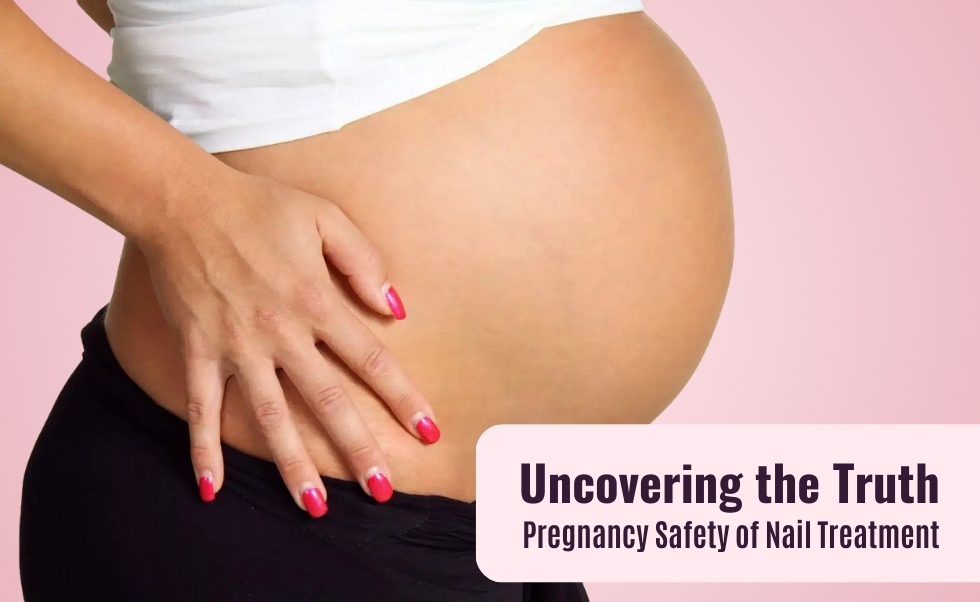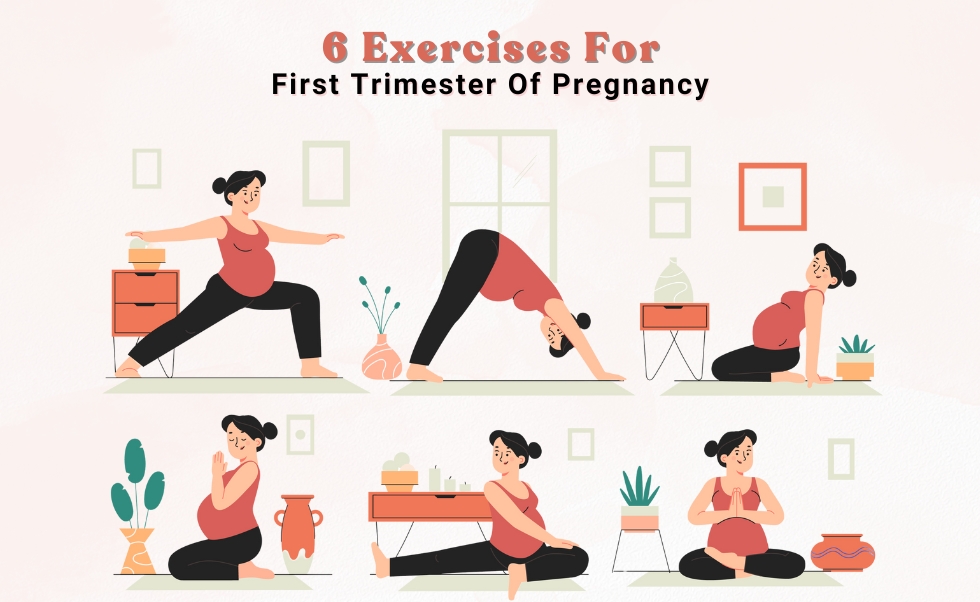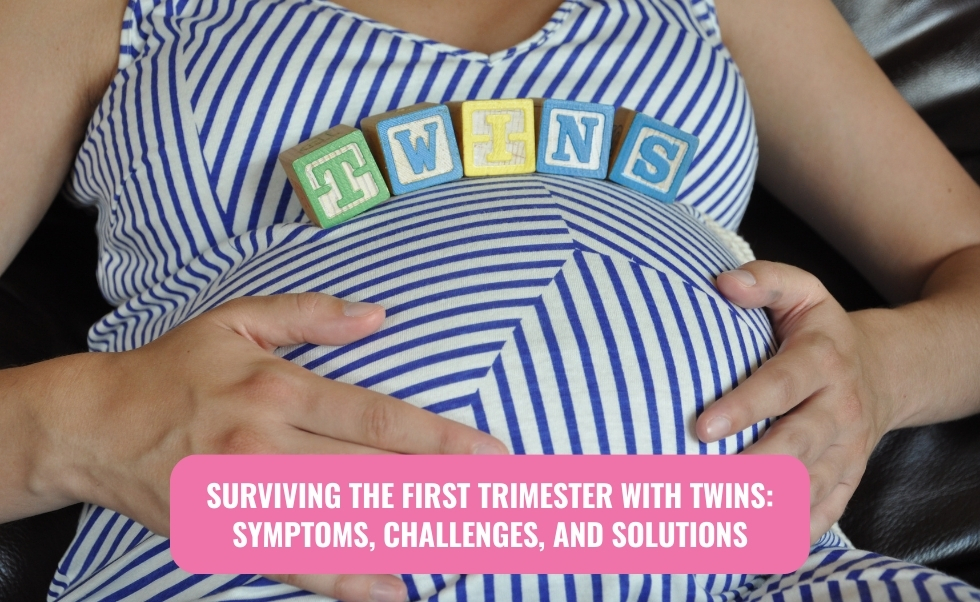Introduction
The second trimester of pregnancy is often referred to as the “golden period,” as many early pregnancy symptoms like morning sickness start to subside. However, this stage isn’t entirely discomfort-free. Back pain and other physical challenges can emerge due to changes in your body as it prepares for childbirth. Understanding these discomforts and managing them effectively can help ensure a more enjoyable pregnancy experience.
Understanding Back Pain in the Second Trimester
Why Does Back Pain Occur?
Back pain during the second trimester is common due to:
- Weight Gain: The growing baby increases the load on your spine.
- Hormonal Changes: Hormones like relaxing loosen ligaments in the pelvic area, affecting spinal stability.
- Postural Changes: As your belly grows, your center of gravity shifts, causing strain on your lower back.
Types of Back Pain
- Lower Back Pain: The most common, affecting the lumbar region.
- Sciatic Nerve Pain: Radiates down the legs due to pressure on the sciatic nerve.
Other Common Discomforts in the Second Trimester
- Round Ligament Pain: Sharp, stabbing pain in the lower abdomen or groin caused by stretching ligaments.
- Leg Cramps: Often due to increased pressure on blood vessels and nerves.
- Swelling (Edema): Fluid retention, especially in the feet and ankles.
- Heartburn and Indigestion: As the uterus pushes against the stomach.
Managing Back Pain and Discomforts
1. Posture Tips
- Stand Tall: Keep shoulders back and your chest lifted. Avoid slouching.
- Sit Correctly: Use a chair with good back support, and consider a lumbar pillow.
- Sleep Smart: Sleep on your side (preferably left) with a pregnancy pillow for support.
2. Safe Exercises
- Prenatal Yoga: Strengthens core muscles and improves flexibility.
- Swimming: Reduces stress on joints and relieves back pain.
- Walking: Low-impact and improves circulation.
3. Use Supportive Tools
- Maternity Belts: Provide abdominal and lower back support.
- Proper Footwear: Avoid high heels; opt for comfortable, supportive shoes.
4. Heat and Cold Therapy
- Warm Compress: Relieves tight muscles.
- Cold Packs: Reduces inflammation and pain in the back.
5. Stay Hydrated
Proper hydration helps prevent leg cramps and supports overall health.
6. Seek Professional Help
- Physiotherapy: Tailored exercises to address specific pain points.
- Prenatal Massage: Relieves tension in the back and shoulders.
Tips for Managing Other Discomforts

Round Ligament Pain
- Change positions slowly.
- Practice light stretches or prenatal yoga.
Leg Cramps
- Stretch calf muscles before bed.
- Increase magnesium and potassium intake through foods like bananas and spinach.
Swelling
- Elevate your feet when sitting.
- Wear compression stockings if necessary.
Heartburn
- Eat smaller, frequent meals.
- Avoid lying down immediately after eating.
When to Consult a Doctor
While most discomforts are normal, consult your healthcare provider if you experience:
- Severe back pain that doesn’t improve.
- Sudden swelling, especially in the face or hands.
- Persistent cramps or abdominal pain.
- Any unusual symptoms causing concern.
Conclusion
The second trimester brings unique challenges, but managing back pain and other discomforts is achievable with the right strategies. Prioritize posture, engage in safe exercises, and listen to your body’s needs. With these steps, you can make this phase of pregnancy more comfortable and enjoyable.
FAQs
Q1: Can I use pain relievers for back pain during pregnancy?
Ans: Consult your doctor before taking any medications. Acetaminophen is generally considered safe, but avoid NSAIDs unless prescribed.
Q2: Are massages safe during the second trimester?
Ans: Yes, prenatal massages by trained professionals are safe and beneficial.
Q3: Is it normal to feel more tired during the second trimester?
Ans: Yes, increased energy demands and hormonal changes can cause fatigue, but persistent extreme tiredness should be discussed with your doctor.







